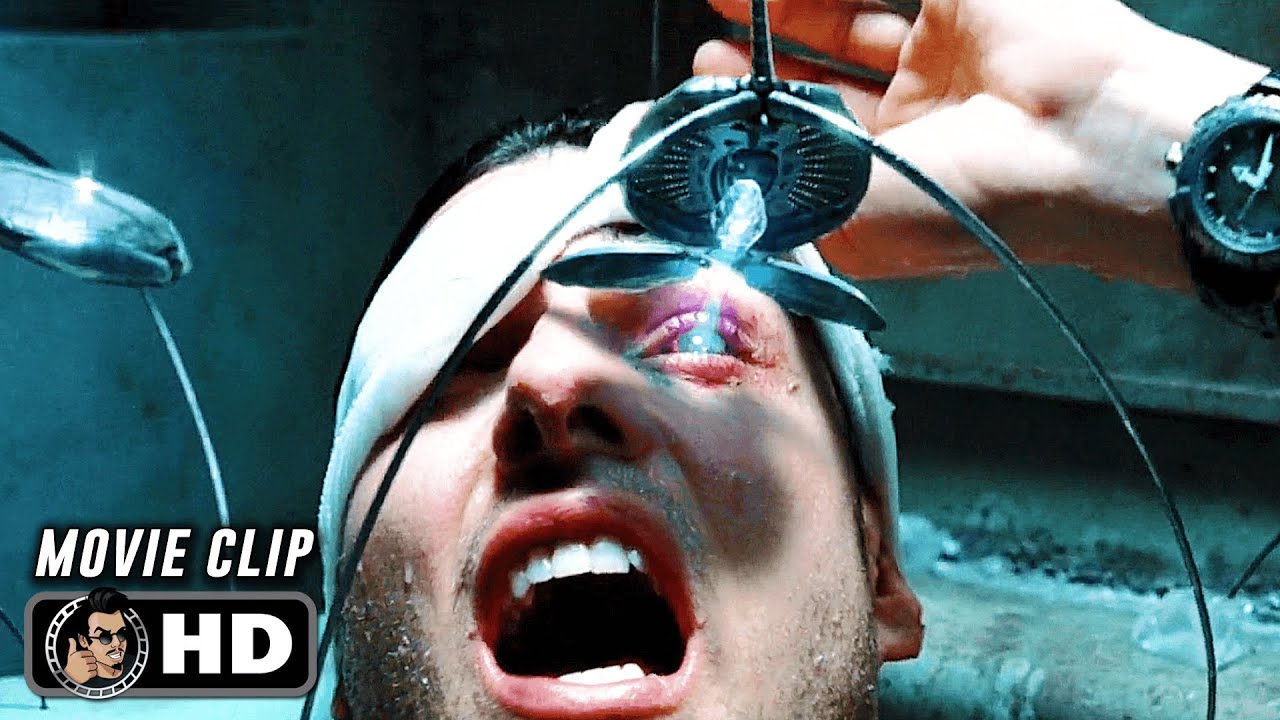Anderton is recovering from an illegal surgery, when the police come searching for him! But did his new retinas have enough time to heal?
After E.T., Spielberg started to consult experts, and put more scientific research into his science fiction films.[36] In 1999, he invited fifteen experts convened by Peter Schwartz and Stewart Brand to a hotel in Santa Monica for a three-day “think tank”. He wanted to consult with the group to create a plausible “future reality” for the year 2054 as opposed to a more traditional “science fiction” setting.[37] Dubbed the “think tank summit”,[38] the experts included architect Peter Calthorpe, author Douglas Coupland, urbanist and journalist Joel Garreau, computer scientist Neil Gershenfeld, biomedical researcher Shaun Jones, computer scientist Jaron Lanier, and former Massachusetts Institute of Technology (MIT) architecture dean William J. Mitchell.[37][39] Production designer Alex McDowell kept what was nicknamed the “2054 bible”, an 80-page guide created in preproduction which listed all the aspects of the future world: architectural, socio-economic, political, and technological.[38] While the discussions did not change key elements in the film, they were influential in the creation of some of the more utopian aspects, though John Underkoffler, the science and technology advisor for the film, described it as “much grayer and more ambiguous” than what was envisioned in 1999.
https://en.wikipedia.org/wiki/Minority_Report_(film)
Invidious link: https://invidious.fdn.fr/watch?v=EQ55c87m4_4



I forgot how intense that scene was. Thanks